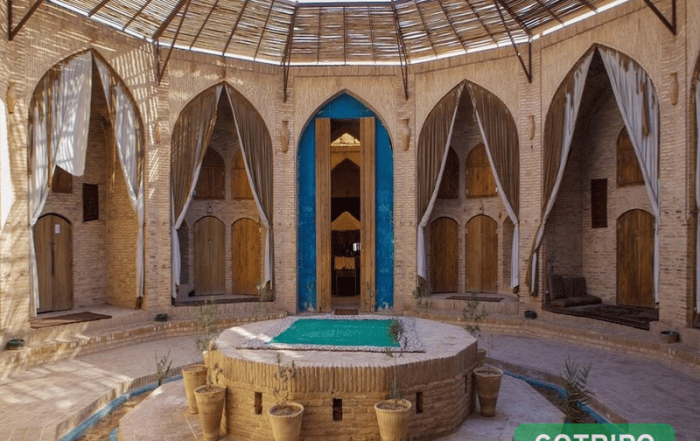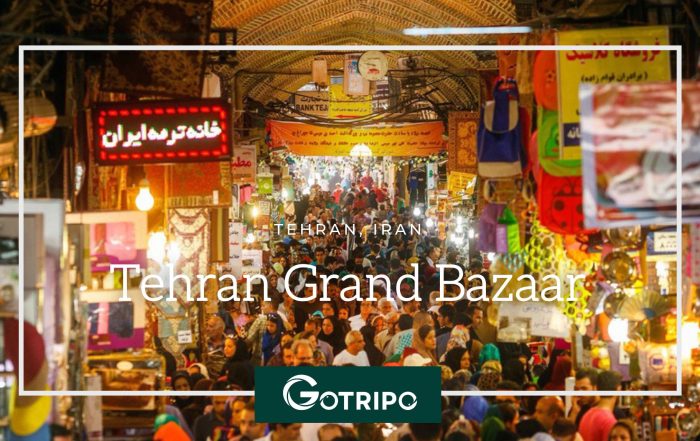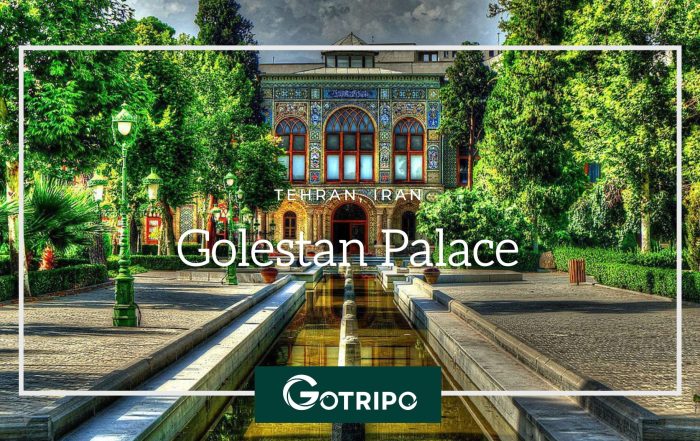Tabiat Bridge Tehran: The Stunning Symbol of the Capital
Tabiat Bridge, “Nature Bridge,” is not just another pedestrian walkway—it’s a landmark of Tehran that gracefully connects two of the city’s major green spaces: Taleghani Park and Ab-o-Atash Park. Built over the bustling Modarres Expressway, it’s a peaceful escape high above the traffic chaos.
This three-level, award-winning structure has quickly become a favorite gathering spot for locals and tourists alike, thanks to its panoramic views, modern design, and lively atmosphere. Especially at night, the stunning lighting transforms it into a magical hangout for families, couples, and photography lovers.
Where is the Tabiat Bridge Located?
Tabiat Bridge (Nature Bridge Tehran) is located in the Abbas Abad area of Tehran, directly over the Modarres Expressway. It connects Taleghani Park on the east side to Ab-o-Atash Park on the west. The bridge’s central location makes it easily accessible by metro, car, taxi, or even on foot.
Address: Vanak Square, Haqqani Highway, after Jahane Kudak Crossroad, Ab-o-Atash Park, Tehran, Iran
Website: tabiatbridge.com
Entry Fee: Free
Opening Hours: 6:00 AM – 12:00 AM

Read more: Where Is the Tomb of Hafez?
How to Get to Tabiat Bridge?
By Metro
The easiest way is via the Shahid Haqqani Metro Station (Line 1). Exit the station and walk toward Taleghani Park. A scenic wooden footpath leads directly to the bridge.
By Car
Coming from Taleghani Park: Use Shahid Haqqani Expressway, pass Jahane Kudak junction, and enter the park’s parking lot.
From Ab-o-Atash Park: Drive north along Jordan (Nelson Mandela Street), turn onto Haqqani East, and then into Shahidi Street. You’ll find two public parking lots near the entrance.
By Bus
Take buses on the Vanak–Resalat route. If heading toward Vanak, get off at the last stop; if toward Resalat, get off at the first stop. Then, walk toward Ab-o-Atash Park and access the bridge from there.

Read more about Tehran Milad Tower
The Story Behind Tabiat Bridge
Construction of the Tabiat Bridge began in autumn 2010 and was completed in fall 2014. Designed by Leila Araghian when she was only 26, the bridge quickly garnered international acclaim for its graceful, tree-like structure and its thoughtful design that encourages people to slow down and enjoy the moment.
This bridge isn’t just the largest pedestrian bridge in Iran; it’s also the biggest non-vehicular bridge in the Middle East.
The Three Levels of Tabiat Bridge
Level One: Culinary Delights
The lower level is all about food and relaxation. A spacious food court on the eastern side of the bridge hosts cafés, Iranian restaurants, and fast-food joints. With seating for up to 300 people, it’s the perfect spot for a casual meal with a spectacular view.
Level Two: A Peaceful Escape
Covering around 2,870 square meters, the second level is designed for rest and reflection. Scattered benches provide cozy nooks to relax while taking in the fresh air and scenic surroundings.
Level Three: The Photographer’s Paradise
The top level, with a space of 571 square meters, is where the magic happens—especially at sunset. Two viewing decks on the north and south sides offer perfect photo ops and incredible views of the city skyline, parks, and even the distant Alborz Mountains and Mount Damavand.

What You Can See from Tabiat Bridge
While standing on the bridge, you’re treated to sweeping views of:
-
Taleghani Park and its lush greenery
-
Ab-o-Atash Park’s signature torch sculptures
-
The Persian Gulf Lighthouse
-
The colorful Mina Dome
-
Tehran’s main expressways: Modarres, Haqqani, and Hemmat
-
Snow-capped peaks of the Alborz mountain range
Best Time to Visit the Tabiat Bridge
Sunset is undeniably the most magical time to visit. The city lights begin to twinkle, the sky changes colors, and the bridge itself lights up, casting beautiful reflections and shadows. At night, Tabiat Bridge becomes a glowing piece of modern art—ideal for night photography and romantic strolls.
Tips for Visitors
-
Entry is Free: No tickets needed—just walk right in.
-
Best Days to Visit: Weekdays are quieter. Weekends can get crowded.
-
Don’t Miss the Cafés: Try some local Iranian desserts or coffee with a view.
-
Visit Both Parks: Explore Taleghani and Ab-o-Atash before or after crossing the bridge.
Conclusion
Tabiat Bridge is more than a piece of architecture; it’s a social and cultural symbol of modern Tehran. Whether you’re a nature lover, an architecture enthusiast, or someone simply looking for the perfect Instagram shot, this unique bridge offers something for everyone.
From peaceful strolls and skyline views to vibrant night scenes and culinary treats, Tabiat Bridge is a must-visit attraction in Tehran.
news via inbox
Subscribe to receive the best offers, travel guides, and hot deals!









